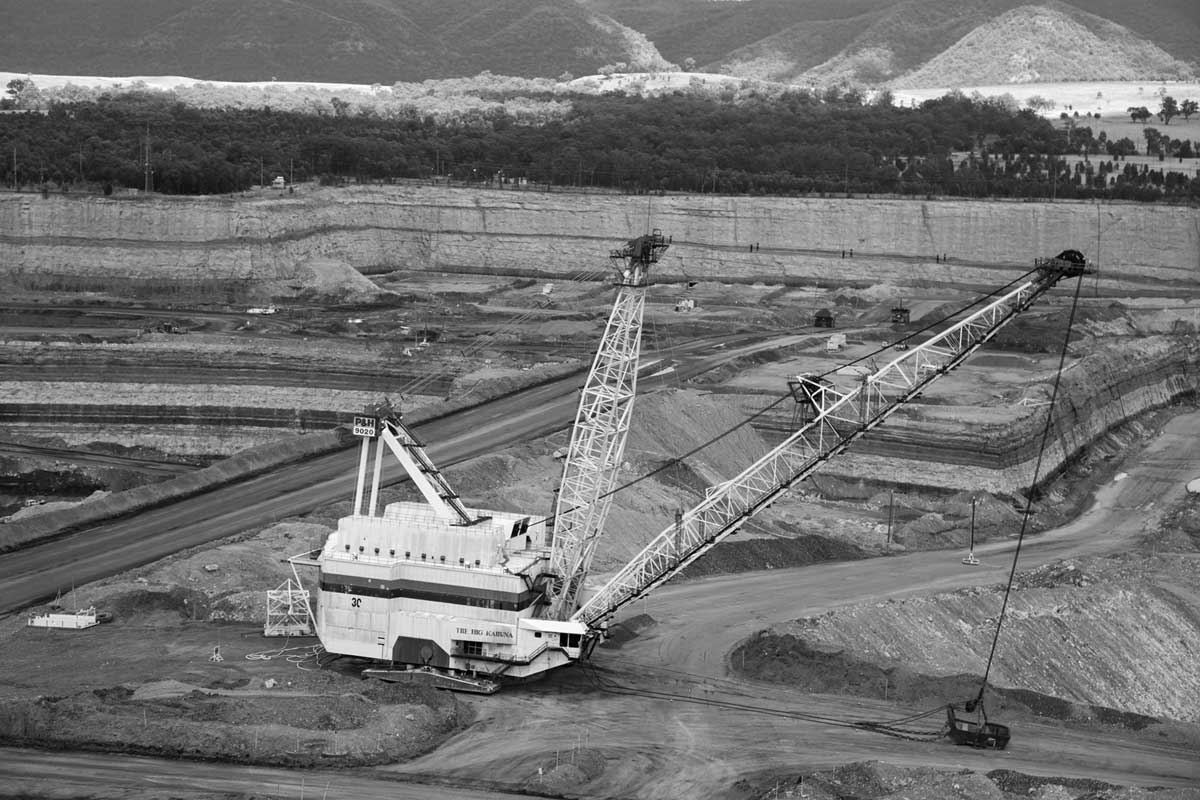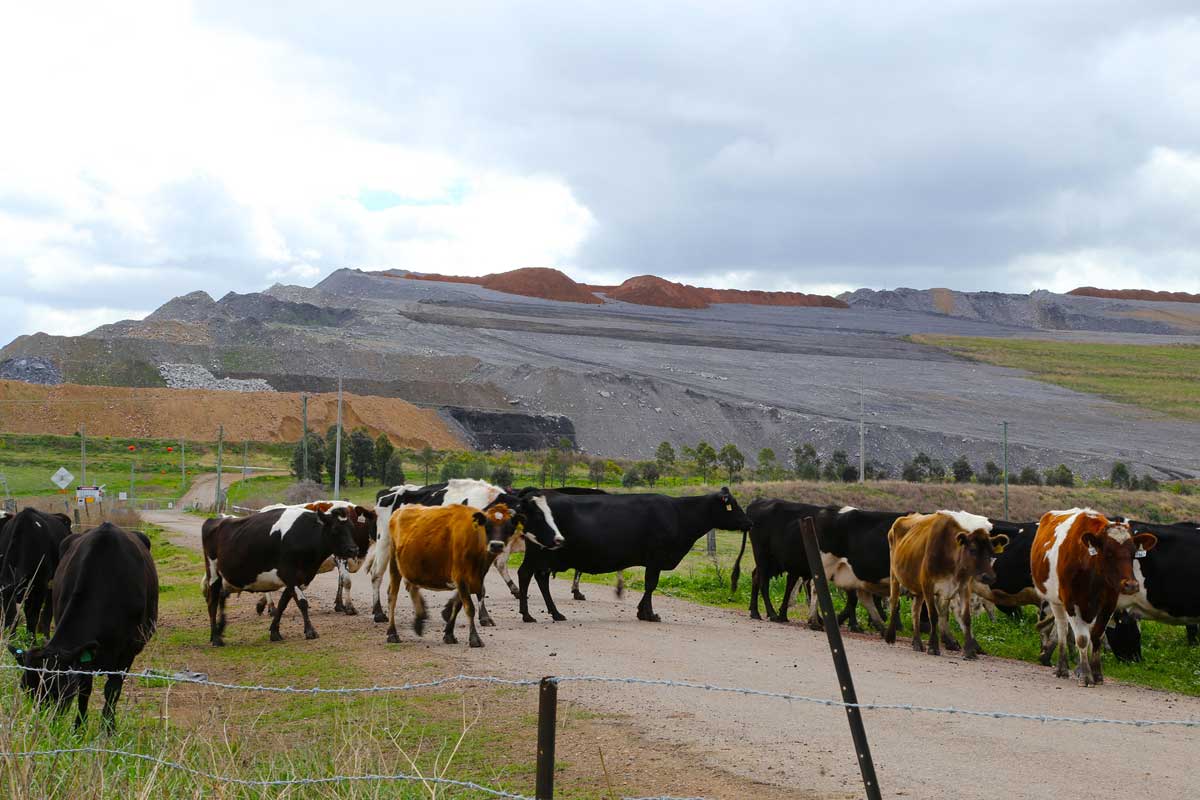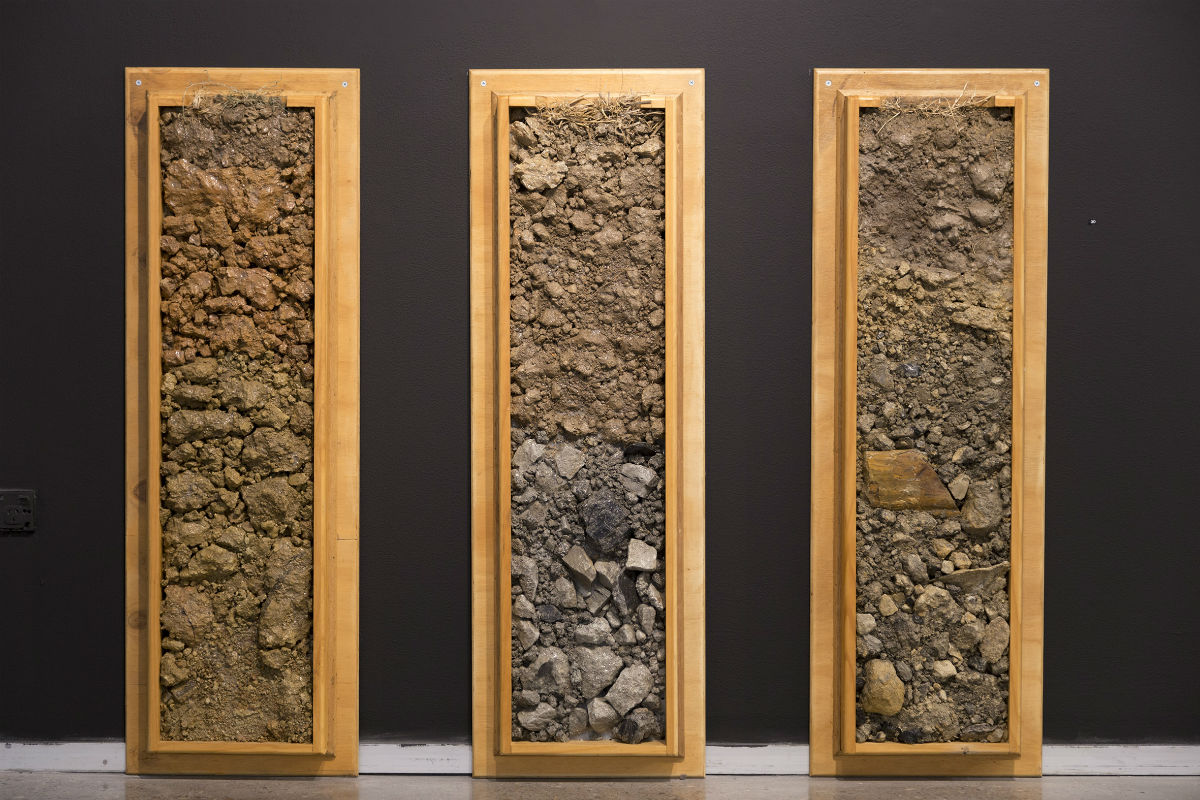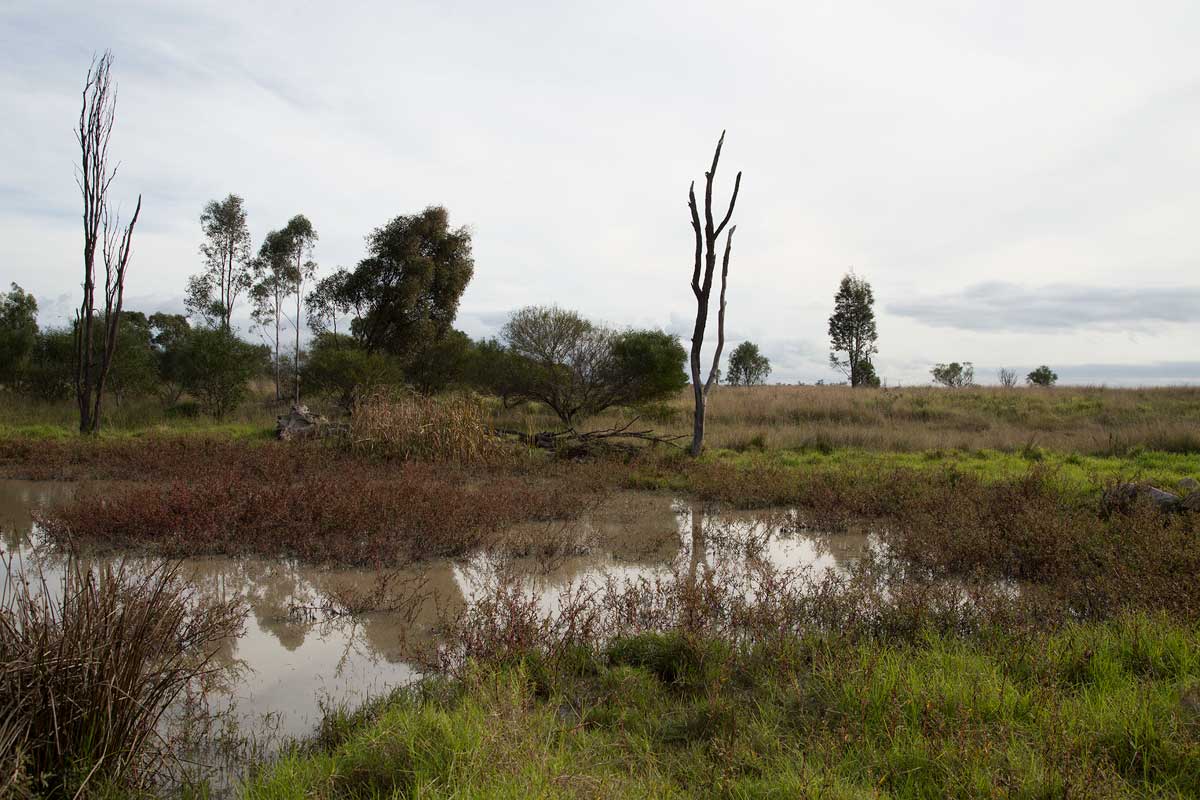Mudstone and memory
Mudstone and memory
Did you know that rock has memory? In its form and shape, rock remembers long distant times. This is a story about a rock type called mudstone, that interleaves between coal measures in the open cut coal mines in the Hunter Valley.
Stone is made from even older stone. Mudstone is made from ancient pasts, weathering, washing and dribbling down Permian mountain sides to lay on ancient forest floors where it forms soils to grow the giant forests that made the coal seams that we now mine.

Photo: Penny Dunstan
Mud from these soils was carried by heavy rain into lake bottoms between layers of flattened forest, where, with eons of resting, drying, squashing and squeezing the mud was pushed into layers and transformed, by deep time, into rock.
That rock rested, up to 500m below the surface for around 260 million years until its slumber was interrupted by humans looking for coal. Great seams of rock, eons old, were broken up as the coal was retrieved and transported to form Anthropocene mountains of overburden.
But does rock remain rock once the pressure of layers of time are removed, once the stopwatch of creation has been set back to zero?

Photo: Penny Dunstan
Free of the weight of history, now with air spaces and water voids, mudstone remembers it was once soil, full of fungi and bacteria, plant roots and humus. It remembers that it was once a living, breathing thing generating food for countless flora and fauna. The stone shifts form, disintegrating in a geological blink of an eye, (between 3 months to 2 years), forming a substrate of small particles, a 260-million-year-old approximation of soil.
But it is not soil.
It is not yet fertile, not yet able to host fungi and bacteria and it is hostile to most plant roots (due in part to extreme alkalinity). And while this may be a happy story about the Earth’s ability to heal itself, it is sobering to be reminded that the characteristics of a fertile soil will be experienced in Earth time, rather than human time.

Photo: Penny Dunstan
Top soils are spread over stone and yet, after 2 years, the mudstone is de-constituting into smaller, soil-like particles. After 22 years, mudstone is even less evident and if you look carefully you may be able to see the roots of Rhodes grass in the lower half of the profile. Mudstone is struggling to remember the place it once had on the surface of the earth and how to become provider once again.

Photo: Penny Dunstan
In the Hunter Valley, there are thousands of hectares of mountains of mudstone overburden, all struggling to remember how to be soils. Engineering calculations are being disrupted by nature. Mudstone is breaking down into smaller and smaller parts, causing the overburden hills to shift and move, like a dog before sleep, shuffling and turning, heaving and dropping. It is almost imperceptible to the human eye but in Earth time, it happens in a flash. The human created mountains are on the move, weathering, washing and dribbling down engineered mountain sides to lay on spared river flats and redirect rivers with silt.
Penny Dunstan is an artist with particular interest in anthropogenic landforms. Her favoured mediums are installation, drawing and photography. She works as an Environmental officer for a composting company and is a member of Soil Science Australia.

